Dégustation de 120 vins du Jura – les Côtes du Jura blancs
Devant chaque vin les deux chiffres indiquent si le vin a été bu le jour 1 ou le jour 2, et le numéro d’ordre dans l’ensemble de la dégustation.
1 – 20 – Côtes du Jura blanc, Bourdy – 2002 – "œil" : belle couleur – "nez" : élégant, alcoolique – "bouche" : agréable et élégant, même si très peu complexe. Plutôt léger pour un 100% Chardonnay – "remarques" : pas mal du tout pour seulement un mois de bouteille – "accords" : truite, pizza
1 – 21 – Côtes du Jura blanc, Bourdy – 2000 – "œil" : plus soutenu – "nez" : alcoolique, joli, élégant – "bouche" : beau, rond, galbé, expressif, très agréable, bravo – "remarques" : c’est très élégant – "accords" : ris de veau, coquilles Saint-Jacques
1 – 22 – Côtes du Jura blanc, Bourdy – 1999 – "œil" : jaune élégant, clair mais dense – "nez" : très élégant, expressif – "bouche" : élégant, racé, encore plus beau que le 2000. C’est très agréable – "remarques" : remarquable, élégant – "accords" : langoustines
1 – 23 – Côtes du Jura blanc, Bourdy – 1998 – "œil" : belle couleur qui évoque le gras – "nez" : élégant, discret – "bouche" : plus simple, plus accessible. Pas mal, mais n’a pas la noblesse du 1999. Agréable – "accords" : sandre
1 – 24 – Côtes du Jura blanc, Bourdy – 1997 – "œil" : belle couleur – "nez" : très joli, très romantique, très expressif – "bouche" : élégant. J’aime ce style. Final un peu limité. Agréable au total – "remarques" : vin servi un peu trop chaud – "accords" : escargots
1 – 25 – Côtes du Jura blanc, Bourdy – 1996 – "œil" : un peu moins clair – "nez" : très surprenant. Immense, puissant. Citron. Fleurs blanches – "bouche" : puissant, chaud, expressif. Vin très agréable à boire – "remarques" : très agréable. Va bien vieillir – "accords" : poulet à la crème
1 – 26 – Côtes du Jura blanc, Bourdy – 1995 – "œil" : jolie couleur – "nez" : très intense, moins coloré, très riesling quand le 1996 était Sauvignon – "bouche" : plus ascétique, fermé. Va se révéler plus tard. Un peu austère. S’ouvre un peu – "remarques" : va bien vieillir – "accords" : côte de porc
1 – 27 – Côtes du Jura blanc, Bourdy – 1994 – "œil" : RAS – "nez" : assez discret et retenu – "bouche" : attaque très élégante. Vin très agréable à boire maintenant – "remarques" : moins brillant que le 1996 – "accords" : saumon
1 – 28 – Côtes du Jura blanc, Bourdy – 1993 – "œil" : RAS – "nez" : nez minéral un peu limité – "bouche" : manque un peu de caractère. Convenable, mais ne parle pas beaucoup – "accords" : cochonnaille
1 – 29 – Côtes du Jura blanc, Bourdy – 1992 – "œil" : couleur plus prononcée – "nez" : très expressif et chaleureux. Joli – "bouche" : gras. Très agréable, chaleureux, expressif, très doux – "remarques" : très bon vin – "accords" : volaille
1 – 30 – Côtes du Jura blanc, Bourdy – 1990 – "œil" : prononcé – "nez" : élégant, prononcé, agréable – "bouche" : léger, très élégant, très jeune, coule bien en bouche – "accords" : turbot
1 – 31 – Côtes du Jura blanc, Bourdy – 1989 – "œil" : belle couleur – "nez" : puissant, alcoolique, nez de grand vin – "bouche" : un très grand vin. Il a tout pour lui, racé – "remarques" : + + + bravo – "accords" : toutes les cuisines. Olivier Poussier dit vol ,au vent. J.F. Bourdy préfère le 1990, mais sur le fond, pour moi, me 1989 est le plus agréable
1 – 32 – Côtes du Jura blanc, Bourdy – 1988 – "œil" : plus évolué – "nez" : plus avancé, agréable – "bouche" : plus simplifié, mais agréable, car arrondi. Vieillira bien – "remarques" : nettement meilleur au deuxième essai – "accords" : sole meunière
1 – 33 – Côtes du Jura blanc, Bourdy – 1987 – "œil" : très foncé, ambré – "nez" : joli nez, alcool, champignon – "bouche" : très sympa. A bien intégré son vieillissement. Très intéressant, élégant – "accords" : assiette de champignons
1 – 34 – Côtes du Jura blanc, Bourdy – 1986 – "œil" : belle couleur – "nez" : discret, à peine animal – "bouche" : plus moyen. On sent un vin évolué, mais il n’en dit pas beaucoup plus. Citron – "remarques" : meilleur au deuxième essai, je l’apprécie plus après – "accords" : veau
1 – 35 – Côtes du Jura blanc, Bourdy – 1985 – "œil" : très joli. Vin qui ne fait pas vieilli – "nez" : très élégant, pas de vieillissement (à peine) – "bouche" : agréable, acide, pas trop de matière, mais ça me plait assez, même si un peu plus banal – "accords" : viande blanche
1 – 36 – Côtes du Jura blanc, Bourdy – 1983 – "œil" : très joli – "nez" : très joli, élégant – "bouche" : beau, rond, agréable, complet. C’est un très grand vin, frais, vin de plaisir, sans complication – "remarques" : beau final, beau vin – "accords" : homard
1 – 37 – Côtes du Jura blanc, Bourdy – 1982 – "œil" : plus clair – "nez" : de vin jeune, acide – "bouche" : élégant et jeune. Belle acidité. Potentiel formidable et plaisant comme cela. Belle acidité – "remarques" : remarquable – "accords" : turbot
1 – 38 – Côtes du Jura blanc, Bourdy – 1981 – "œil" : plus foncé – "nez" : bouchonné – "bouche" : bouchonné
1 – 39 – Côtes du Jura blanc, Bourdy – 1979 – "œil" : très coloré – "nez" : un peu d’animal, pas très structuré – "bouche" : assez fade et plat – "remarques" : sans grand intérêt, fatigué – "accords" : rien
1 – 40 – Côtes du Jura blanc, Bourdy – 1978 – "œil" : très pâle, jeune – "nez" : discret, élégant – "bouche" : bien agréable mais pas flamboyant. Agréable vin un peu moins dense que le 1982 – "remarques" : très agréable – "accords" : foie de veau
1 – 41 – Côtes du Jura blanc, Bourdy – 1975 – "œil" : clair – "nez" : fermé, discret, agréable – "bouche" : acidité volatile, manque d’épanouissement, mais bien équilibré. En fait, assez agréable si pas explosif. Beau final – "remarques" : pas mal du tout pour seulement un mois de bouteille – "accords" : palourdes farcies
1 – 63 – vin rosé – 1971 – "bouche" : bu au dîner. une curiosité comme je les adore. – "remarques" : rosé Comte de Guichebourd (dont le nom résulte de l’association de Comte de Voguë, de Laguiche et de Bourdy)
2 – 80 – Côtes du Jura blanc, Bourdy – 1973 – "œil" : beau jaune – "nez" : neutre – "bouche" : la transition après les rouges est difficile. Pâteux, gras – "remarques" : en fait, agréable
2 – 81 – Côtes du Jura blanc, Bourdy – 1967 – "œil" : beau doré – "nez" : amande, joli nez – "bouche" : élégant, varié, subtil, bon vin
2 – 82 – Côtes du Jura blanc, Bourdy – 1966 – "œil" : doré – "nez" : immense, la vrai définition du Côtes du Jura blanc – "bouche" : C’est grand, il y a de la structure. Elégance, finesse et légèreté. – "remarques" : j’ai mis une croix pour l’inclure dans un classement
2 – 83 – Côtes du Jura blanc, Bourdy – 1964 – "œil" : plus doré – "nez" : plus fermé, dénote une évolution – "bouche" : très agréable, plus évolué. Un peu plus facile et un peu moins noble
2 – 84 – Côtes du Jura blanc, Bourdy – 1962 – "œil" : or clair – "nez" : soufre, souris – "bouche" : un peu de glycérine, de yaourt. Un peu fatigué
2 – 85 – Côtes du Jura blanc, Bourdy – 1959 – "œil" : or magnifique, très clair – "nez" : élégant – "bouche" : vin absolument parfait. Peut-être pas très long, mais c’est grand – "remarques" : vin d’immense plaisir, je lui mets deux croix – "accords" : ris de veau au vin jaune
2 – 86 – Côtes du Jura blanc, Bourdy – 1955 – "œil" : jaune un peu fatigué – "nez" : très subtil, signes de fatigue – "bouche" : très subtile, assez avancée, un peu désagréable et salé en fin de bouche, mais il raconte des choses
2 – 87 – Côtes du Jura blanc, Bourdy – 1953 – "œil" : très belle – "nez" : nez très racé – "bouche" : fameux, sans histoire, parfait, magnifique. Belle acidité de fin de bouche. Va bien vieillir
2 – 88 – Côtes du Jura blanc, Bourdy – 1952 – "œil" : couleur dorée très belle – "nez" : d’une finesse exceptionnelle. Nez immense – "bouche" : superbe, très beau, belle acidité très porteuse – "remarques" : remarquable, j’ai donné une croix
2 – 89 – Côtes du Jura blanc, Bourdy – 1949 – "œil" : or très pur, beau – "nez" : pur !! – "bouche" : magique, au dessus de tout. Finesse absolue. Intégré, structuré, parfait d’équilibre – "remarques" : éblouissant. J’ai donné trois croix, ce qui en fait le second des Côtes du Jura blancs. C’est un vin exemplaire
2 – 90 – Côtes du Jura blanc, Bourdy – 1947 – "œil" : or parfait – "nez" : à peine soufré – "bouche" : très scolaire, c’est le bon élève. Plus fruité, plus fort, plsu alcoolique – "remarques" : grand vin, qui est désavantagé de venir après le 1949, mais c’est grand
2 – 91 – Côtes du Jura blanc, Bourdy – 1946 – "œil" : très beau, dense – "nez" : épices, clou de girofle – "bouche" : excellent. Contrairement à la hiérarchie des millésimes, il est grand, joyeux, dense. C’est un vin que j’apprécie, fruité – "remarques" : va bien vieillir encore, très bon – "accords" : canard !
2 – 92 – Côtes du Jura blanc, Bourdy – 1945 – "œil" : couleur plus évoluée, moins belle – "nez" : plus évolué – "bouche" : pas mal, pas très éblouissant. On sent le grand vin mais a vieilli. Il a un final de grande noblesse. Puissant – "remarques" : on sent le grand vin. Le final est grand. Le plaisir est un peu plus faible
2 – 93 – Côtes du Jura blanc, Bourdy – 1942 – "œil" : bel or un peu gris – "nez" : séducteur, raffiné, féminin, sexy – "bouche" : magnifique de subtilité. Il y a tout ce qu’on peut souhaiter. C’est complètement grandiose – "remarques" : j’ai donné trois croix, ce qui me met au niveau du 1949
2 – 94 – Côtes du Jura blanc, Bourdy – 1938 – "nez" : bouchonné
2 – 95 – Côtes du Jura blanc, Bourdy – 1937 – "œil" : or doré (si on peut dire) magique – "nez" : élégance rare, doucereux – "bouche" : un peu liquoreux, agréable, moins bien structuré. Léger, plaisant, mais atypique – "remarques" : élégance, beau final bien sincère, grand
2 – 96 – Côtes du Jura blanc, Bourdy – 1934 – "œil" : joli doré – "nez" : alcool, très joli, dense – "bouche" : lourd, alcoolique, intégré, fruité, grand mais ne vaut pas le 1942, car l’alcool domine trop – "remarques" : très grand vin, je lui ai donné deux croix
2 – 97 – Côtes du Jura blanc, Bourdy – 1929 – "œil" : celui-ci est rebouché en 1983, avec étiquette d’origine. L’or est à peine gris – "nez" : très élégant, très jeune – "bouche" : très élégant, subtil, léger, un peu court. Il y a le souvenir d’un grand vin. Jolies notes de fleurs dans le final – "remarques" : c’est un peu trop tard, aurait dû être bu plus tôt
2 – 98 – Côtes du Jura blanc, Bourdy – 1911 – "œil" : or magnifique – "nez" : magnifique de jeunesse – "bouche" : éblouissant, magique, il a tout. Une belle acidité citronnée. Le final est à peine court – "remarques" : ce vin va durer 150 ans de plus. Il est exceptionnel. On est dans le haut de la hiérarchie des vins. J’ai donné quatre croix ce qui en fait le premier (c’est du 100 points Parker, largement)
2 – 99 – Côtes du Jura blanc, Bourdy – 1888 – "œil" : couleur magique, doré, à peine gris – "nez" : subtil – "bouche" : magique, émouvant, gras, alcoolique, très fruité, confituré, un peu vers le vin de paille, un peu liquoreux, devient plus sec en s’oxygénant – "remarques" : émouvant, c’est un vin qui devient de plus en plus immense, même une demi-journée après, quand je finis les dernières gouttes…
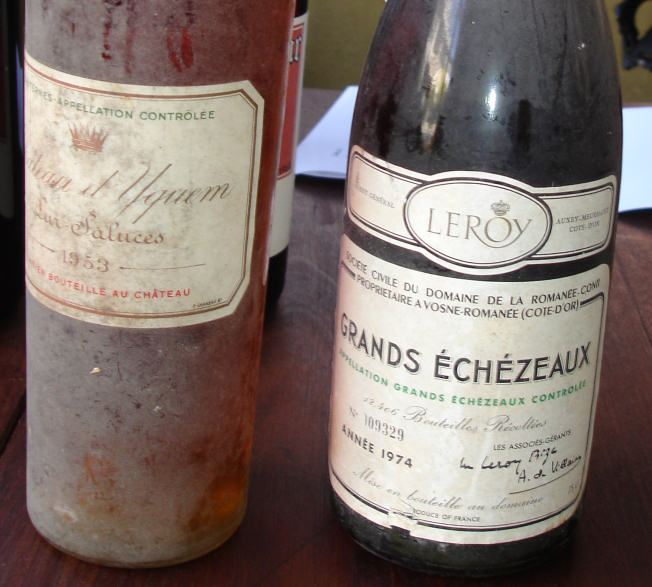
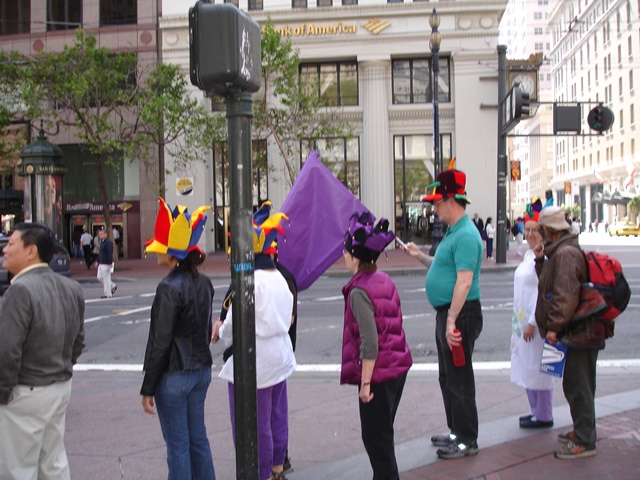
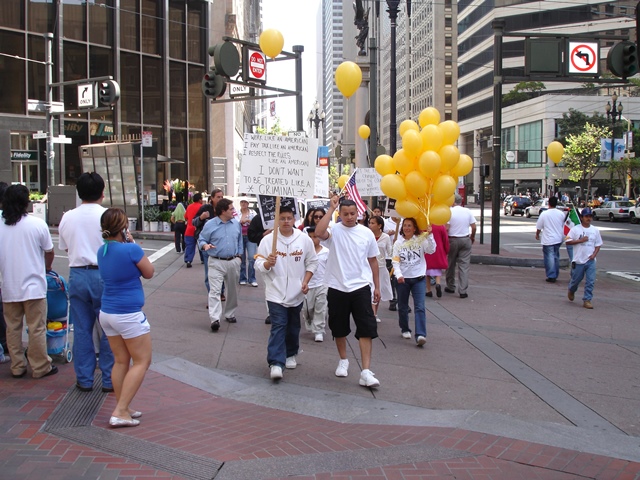

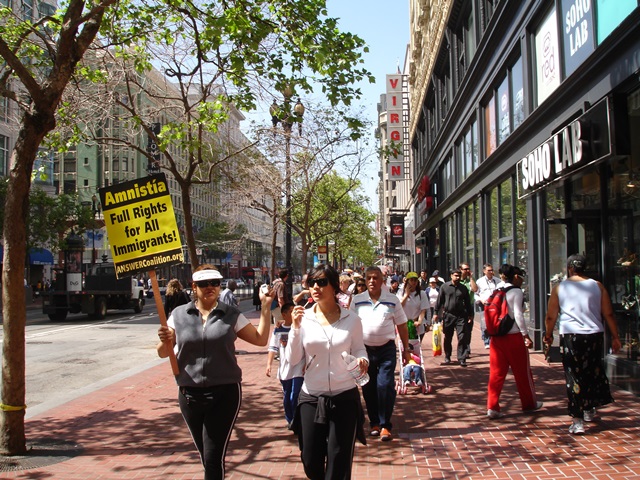
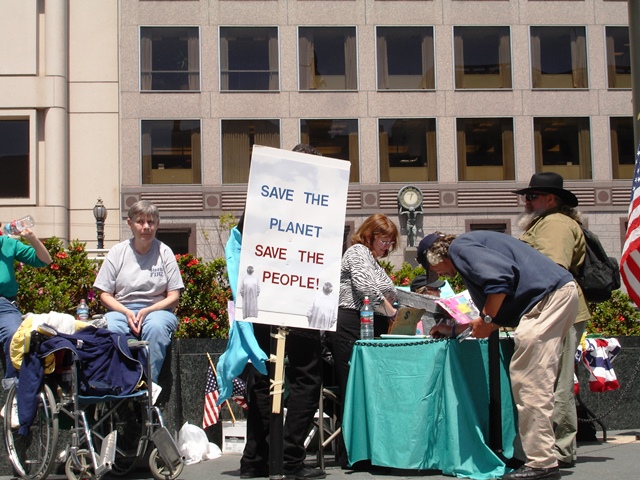
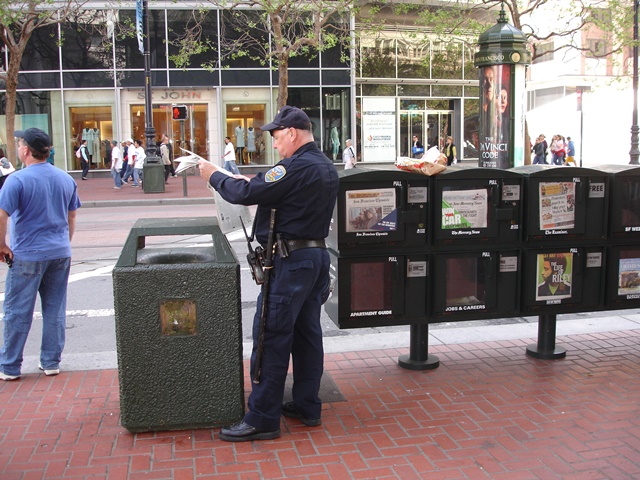
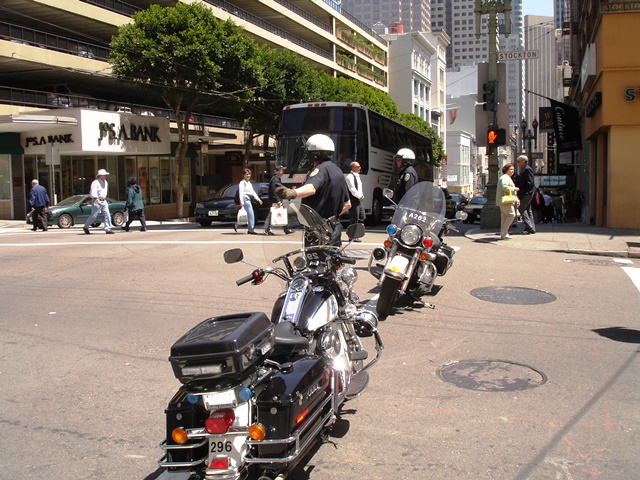
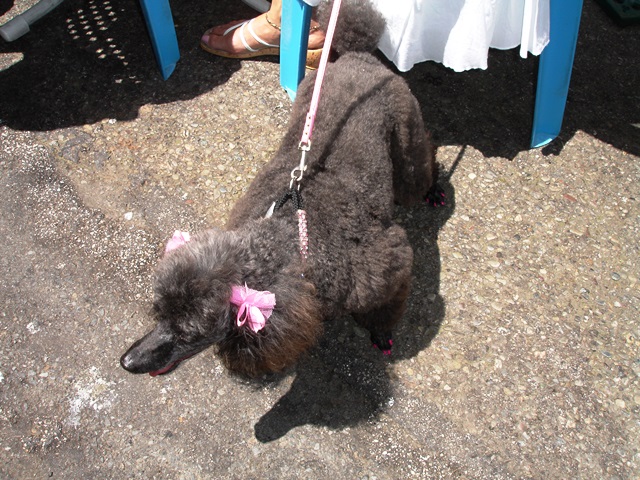
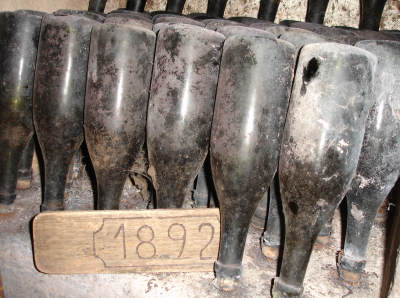
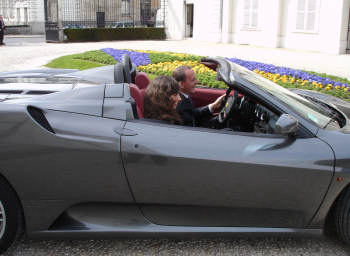
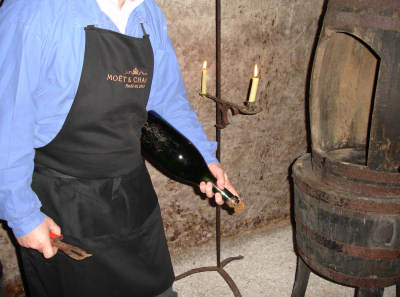
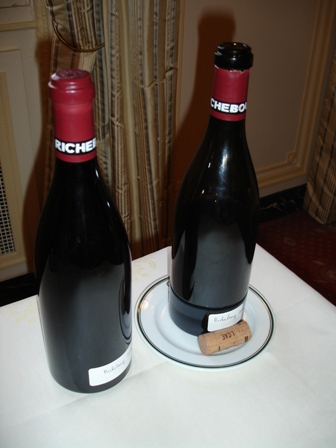 Hermitage white Chave 2003
Hermitage white Chave 2003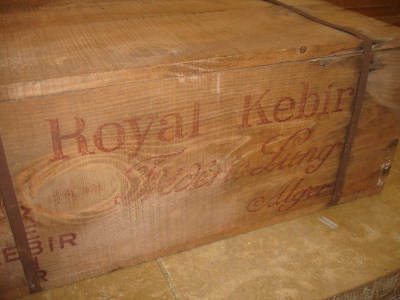
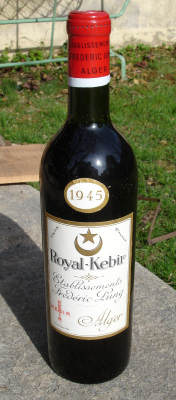 Bingo !
Bingo !